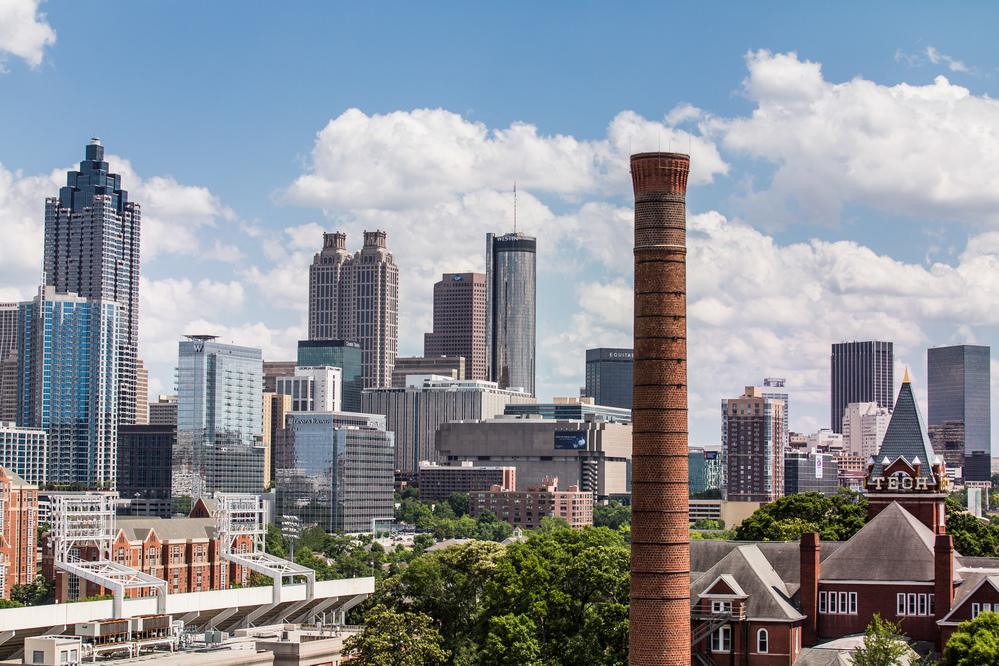
Sometime last year — exactly when depends on whose data you rely upon — the debt total of American college students topped a trillion dollar, surpassing credit cards, second only to home mortgages as the major source of indebtedness for students and families.
The principle reason that students are taking on debt is a dramatic rise in the cost of attending college. I have used this chart on other occasions, but it is still the most dramatic illustration of what has happened to college tuition over the last twenty years.
This chart stops at 2005. From 2005 to 2012, tuition has risen at an annualized rate of 8%. It is a breathtaking climb, and it means that students (and their families) are turning to student loans in unsustainable numbers.
None of this is news. It is fodder for cable TV talk shows, Presidential campaign speeches, and a considerable number of faux populist attacks on the very idea of a college degree. The Obama administration has even weighed in with a Race to the Top for Colleges initiative that focuses to a large measure on affordability.
Conservatives say that it is the ready availability Federally backed loans that a driving cost increases. Progressives –including many who support the Occupy Wall Street movement — say that that a the same cultural factors that drove banking abuses are also driving the disparity between who can afford a college education and who can not.
There is little evidence that either statement is true and considerable evidence that neither are. I will return to this subject in a later post.
The first thing to understand about the rise in college costs is the difference between the cost of running a university — the spending side of the equation – and the price paid by students. In higher education there are all kinds of prices. There is the advertised or sticker price, which is what it sounds like. But sticker prices can be discounted, and there are also wholesale and retail prices.
(For the conclusion of this article, please visit, innovate-edu.com.)